In modern-day network architectures that are constantly changing, reliable high-speed data transfer is needed more than ever. There are many things one could do to achieve this goal. Still, no other component does as good of a job as the Gigamon SFP+ transceiver module at creating efficient network configurations while increasing speed and connectivity. This article will cover everything you need to know about the Gigamon SFP+ transceiver, including its compatibility with different systems, technical specifications, customer feedback, and SFP-532 compatible SFPS option(s). We hope that by giving an all-encompassing view, we can help people understand what they should be looking for when making decisions about their networking needs so that they can better prepare themselves for today’s requirements and those of tomorrow, too.
What Are the Key Features of the Gigamon SFP+ Transceiver Module?
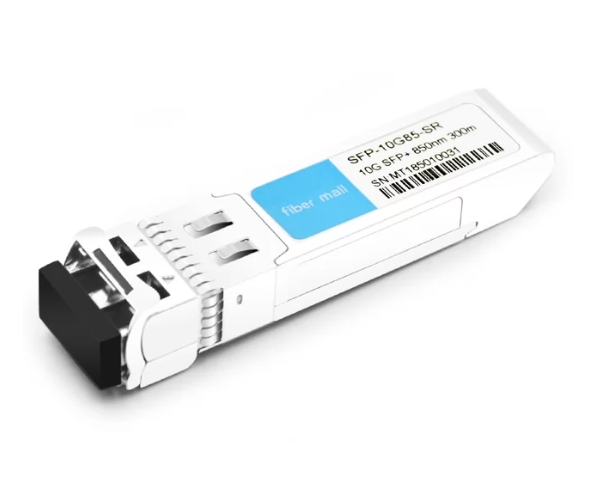
What Makes the Gigamon SFP-532 Module Unique?
The Gigamon SFP-532 module is known for its robust design and top-notch performance, ensuring data integrity and network efficiency. It supports a 10GbE signal over multimode or single-mode fiber, enabling flexible deployment in different networks. Moreover, it was built using sophisticated error correction techniques, greatly minimizing data loss when transmitting information from one place to another. These integrated diagnostics allow users to monitor their systems in real time and get notifications when anything goes wrong so they can fix it immediately before other resources are affected. Additionally, this device is highly versatile as it can work with many other Digimon hardware items; this, coupled with an unparalleled commitment towards excellence, makes the SFP-532 module a must-have investment for any company looking forward to bettering its network infrastructure performance levels.
Is the Transceiver Compatible with Gigabit Ethernet?
The Gigamon SFP+ transceiver was made for 10 Gigabit Ethernet (10GbE) links that are also backward compatible with Gigabit Ethernet (1GbE) devices, provided they are appropriately configured. This compatibility is based on the hosting network equipment’s support of these standards so that they can be integrated seamlessly. Therefore, although this transceiver operates at higher speeds than gigabit ethernet systems, it still performs well in them, making it helpful adoption for organizations seeking gradual improvements in their network infrastructure.
Does the Transceiver Support Digital Optical Monitoring?
The Gigamon SFP+ transceiver supports Digital Optical Monitoring (DOM), which enables the checking of parameters in real-time, such as temperature, laser bias current, and received optical power for this transceiver. Network managers can determine whether or not these links are healthy by using this feature; thus, they can work properly at all times while also being able to identify problems early enough. Therefore, integrating DOM improves network management, making systems more reliable; hence, it should always form part of any robust network design or implementation phase.
How Do Customer Reviews Rate the Gigamon SFP-532?
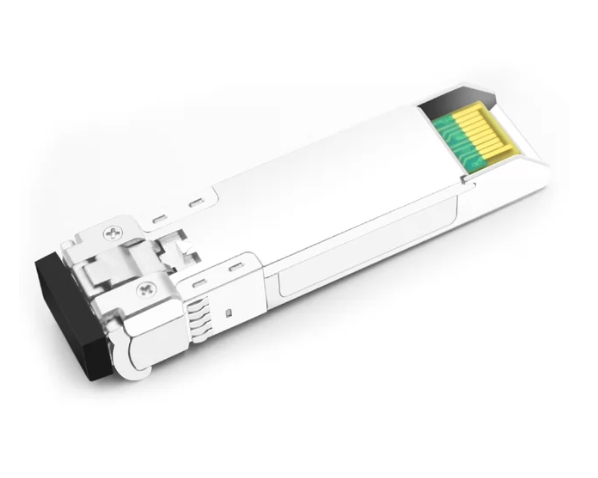
What Do Customers Say About the Module’s Performance?
The performance of the Gigamon SFP-532 module is highlighted in customer reviews on multiple reputable platforms. Several users have praised its reliability and stability, stating that it keeps data moving steadily without dropping or failing too often. Tech forums and online marketplaces see many reviewers commenting about how easy this module is to install; several even say that hardly any configuration is needed to fit it with what they already have. Another thing customers love is the quality of digital optical monitoring – accurate measurement points that help track performance parameters more precisely, thus making network operation more effective. In general terms, people’s opinions reflect that if an organization wants to improve their network, they should choose Gigamon SFP 532.
Are There Any Common Complaints About the Transceiver?
Many people are happy with the Gigamon SFP-532 module, but there are a few common complaints. According to multiple reviews, one recurring issue is that this model doesn’t work well with older systems; they’re hard to integrate. Price is another concern: Some users suggest that this item might be too expensive compared to similar products from Gigamon or other brands within the same market niche as theirs. Some also mention occasionally slow customer service – while many have had positive experiences with them, others complain about having to wait too long for help. Nonetheless, these gripes notwithstanding, the Gigamon SFP-532 is a reliable performer, and potential buyers should consider these factors when deciding whether or not it will meet their needs.
How Does the Module Fare in Terms of Compatibility?
The Gigamon SFP-532 transceiver module is known for its mixed compatibility profile in different environments, including its compatibility with other compatible SFP modules. According to reviews on top technology review websites, this module works perfectly with contemporary networking equipment but loses some points when working with legacy systems. Those who successfully integrated them pointed out that they used leading network vendors such as Cisco and Juniper, which clearly shows that they are designed for modern infrastructures. On the other hand, several support forums have recorded cases where people failed to make the transceivers work within old architectures, especially when they tried integrating them with non-compatible SFP modules. So anyone who wants to buy the Gigamon SFP-532 should first check if it can work with their current systems because failure to do so might lead to integration challenges that could affect network performance negatively.
What Are the Technical Specifications of the Gigamon SFP-532?
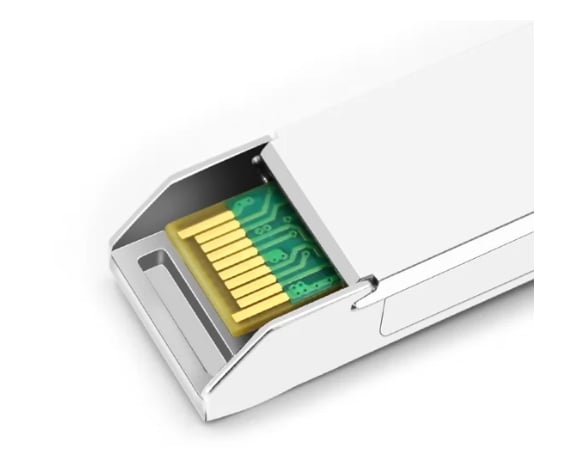
What Is the Data Throughput and Wavelength?
The Gigamon SFP-532 transceiver module has been designed to support data throughput of up to 1 Gbps; this makes it ideal for high-speed network applications, which may require 10Gb connectivity. In terms of wavelength, the module operates at a wavelength of 850 nanometers (nm) for multimode fiber applications. This specification allows data to be transmitted quickly over short distances using multimode fiber optics, i.e., typically within a range not exceeding 300 meters. Those who want their networks to perform better need to buy this device and install it, especially in places with a need for much speed or bandwidth.
What Are the Connector Types and Fiber Compatibility?
The Gigamon SFP-532 transceiver module uses an LC duplex connector as its interface for high-density fiber applications. It is a secure method of connecting to multimode fiber cables. This plug can work with OM3 and OM4 multi-mode fibers for maximum data transfer at short distances. Though single-mode fibers may be used in conjunction with this module under certain conditions, performance numbers ought to be scrutinized for network integrity and reliability in any way at times because this device was mainly designed for multi-mode operation; thus, such an arrangement may not consistently deliver optimal results. Network engineers must understand that different environments require other fiber types and connectors to achieve their desired performance levels when deploying networks in various situations.
How Does the Module Handle Digital Optical Monitoring?
To support the operation of network systems, the SFP-532 transceiver module can monitor its optical signals digitally. It is, therefore, equipped with digital optical monitoring (DOM) functions. Temperature, supply voltage, laser bias current, or transmitted/received optical power can be monitored in real time by DOM. With such metrics, network administrators can take action in advance to prevent possible problems and ensure the smooth running of networks. The standard I2C interfaces make it easy for people to access data collected from DOM and integrate it into various network management systems without much effort. Generally speaking, fault tolerance will be improved while the network resources are managed effectively with DOMs implemented.
Is the Gigamon SFP-532 Easy to Install?
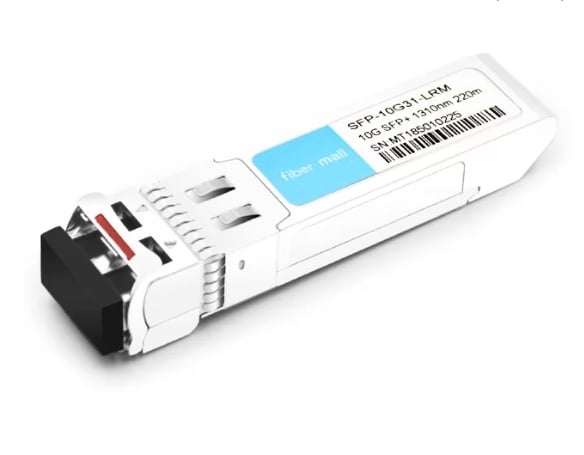
What Is the Installation Process for the Transceiver Module?
When using Gigamon SFP solutions, the SFP-532 module must be installed carefully to ensure proper functioning and network integration. First, turn off the relevant network device to avoid electrical damage while installing it. Then, find a dust-free or clear from any debris SFP port on this device. Remove the transceiver from its packet, maintaining cleanliness by not touching it directly onto optical ports. Fix alignment of slots before inserting modules softly until a clicking sound implies that there is no loose connection between them, after which power up said devices and verify if transceivers were recognized through commands given over the interface network or software used for management indicating the operational status of these modules– this should pass monitoring performance metrics utilizing digital optical monitoring features to ascertain sound data transmission as well as the integrity of networks.
Are There Any Special Tools Required?
To install the Gigamon SFP-532 transceiver module, one does not require any special instruments beyond regular handling equipment. It is suggested that anti-static gloves be worn to prevent electrostatic discharge that may harm delicate electronic parts. Moreover, a tiny flathead screwdriver can be used for firmly fastening all retention screws in the SFP cage (if it exists) of the concrete network device. One should keep optical ports clean while installing so as not to contaminate them with dirt or dust particles from the surroundings. With a compatible SFP at hand, this operation can generally be performed easily and quickly, even without many essential tools.
What Fiber Optic Solutions Does the Gigamon SFP-532 Offer?
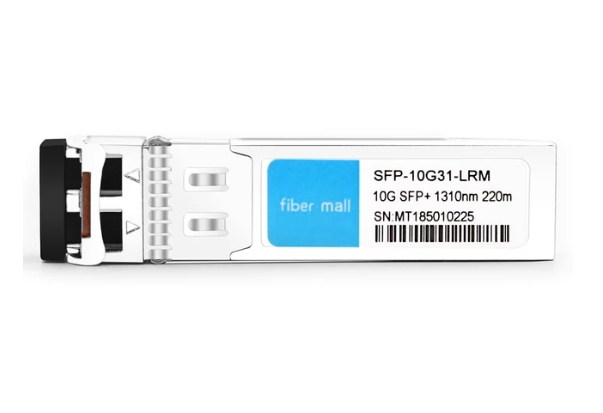
How Does It Integrate with Multi-Mode Fiber?
Created to work invisibly in multi-mode fiber (MMF) surroundings, the Gigamon SFP-532 transceiver module employs short-range optics, among other technologies, to enable fast data transfer over short distances. It works at around 850 nm wavelength, is best suited for MMF, and allows signals to move quickly. This module can be used in data centers and enterprise networks with many multi-mode cables that can be easily interconnected. Additionally, this SFP-532 supports different protocols and data rates, including those higher than 1 Gbps, ensuring compatibility with various types of modern network applications. The transceiver lowers latency significantly while maintaining strong bandwidth capability through many mode fibers to improve overall network performance.
What Are the Benefits of Using 850nm 300m Wavelength?
Using an optical transmission with an 850nm over 300 meters wavelength has some benefits. The first advantage is that this frequency works particularly well in multi-mode fiber applications because it propagates light efficiently through the fiber, reducing signal attenuation, which is critical for 10Gb applications. Also, the cost of operating at 850nm is lower than that of using longer wavelengths, thus making it affordable to implement this type of solution in short-range data communication environments like data centers. Furthermore, reaching 300m guarantees reliable connection while supporting high speeds, typically up to 10 Gbps, thereby meeting the growing bandwidth needs of modern applications. Lastly, the technology based on 850 nm aligns with recognized standards; hence, it can work smoothly with various types of networking equipment and easily integrate into existing infrastructures.
What Makes It a TAA-Compliant Solution?
To ensure a TAA-compliant solution, goods must be manufactured in countries that have signed trade agreements with the US. This is important for federal procurement because it satisfies legal requirements for government purchasing. SFP-532 module is TAA compliant as it’s made within these regulations; therefore, any Federal agency can buy such equipment without legal issues. Moreover, being certified under TAA means that this item has been produced in nations with trade relations with America, thereby fostering equitable competition and ensuring standards along the supply chain.
Reference Sources
Frequently Asked Questions (FAQs)
Q: What are the main features of the Gigamon SFP+ Transceiver Module?
A: A transceiver that can be replaced while hot and is for high-speed data transfer is known as Gigamon SFP +. It supports 10 gigabit Ethernet (10GbE) and has a transmission wavelength of 850nm. The transceiver has been pre-programmed to work with devices like Cisco Systems and Gigamon network switches. It connects via an LC connector and works well with multimode fiber (MMF), which makes it reliable for 10G SFP applications.
Q: How do I check if my existing equipment can work with the Gigamon SFP+ Transceiver Module?
A: You need to verify whether a label indicates that this device is a compatible 10GBASE-SR SFP for use with Gigamon systems only, specifically a Gigamon SFP-532 compatible.
Q: Can I use the Gigamon SFP+ Transceiver Module in data centers?
A: The Gigamon SFP+ Transceiver Module is suitable for data center environments. It supports high-speed 10 Gigabit Ethernet, which is ideal for network-intensive applications. This transceiver provides robust performance and real-time operating parameters for data center requirements.
Q: What is the maximum distance covered by the Gigamon SFP+ Transceiver?
A: When used with multimode fiber (MMF), the Gigamon SFP+ Transceiver typically covers around 300 meters for 10GBASE-SR applications. Its wavelength of 850nm has been optimized for short-reach fiber links, thus ensuring that signals do not degrade during transmission within the close range necessary to support the performance levels required by 10Gb SFP applications.
Q: Is the Gigamon SFP+ Transceiver Module TAA compliant?
A: The Gigamon SFP+ Transceiver Module is TAA compliant and can be considered a 10G SFP solution. It meets government and enterprise regulations to become an eligible TAA-compliant product.
Q: What are the advantages of purchasing the Gigamon SFP+ Transceiver Module?
A: Buying a Gigamon SFP+ transceiver module improves your purchase decision by supporting broad network devices. It guarantees excellent performance in data centers and network applications and meets industry standards.
Q: What are some basic technical specifications for this product?
A: The quick tech specs of Gigamon SFP+ Transceiver Modules involve a 10GbE data rate, a wavelength of 850nm, multimode fiber (MMF) support, and an LC connector type. They are also hot-swappable and compatible with different Cisco systems, among other networking devices.
Q: Which type(s) of cable can be used with this module?
A: The module operates best when paired with multimode fiber (MMF) cables, but short-distance interconnections may also utilize twinax cables, which offer various connectivity options for different networking environments.
Q: Can I monitor my Gigamon SFP+ transceivers in real-time?
A: Yes, you can monitor your Gigamon SFP+ transceivers in real-time. This allows you to track its performance while it is still operational, thus enabling effective control over network operations within any given system setup.
Q: How do customers generally rate this product based on their reviews?
A: The customer ratings reflect positive feedback about these modules. Due to their high compatibility rates, most users find them reliable, especially when installing them alongside other products, such as Cisco switches. According to reviewers, they maintain top-level performances throughout usage, even at TAA-compliant levels, making them suitable for enterprise and government use.
